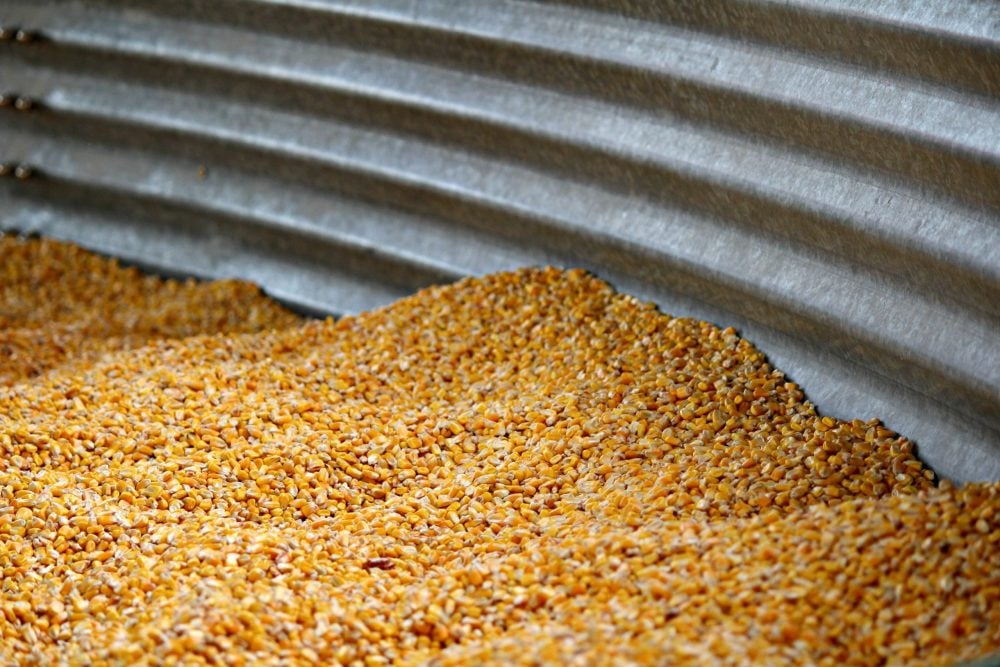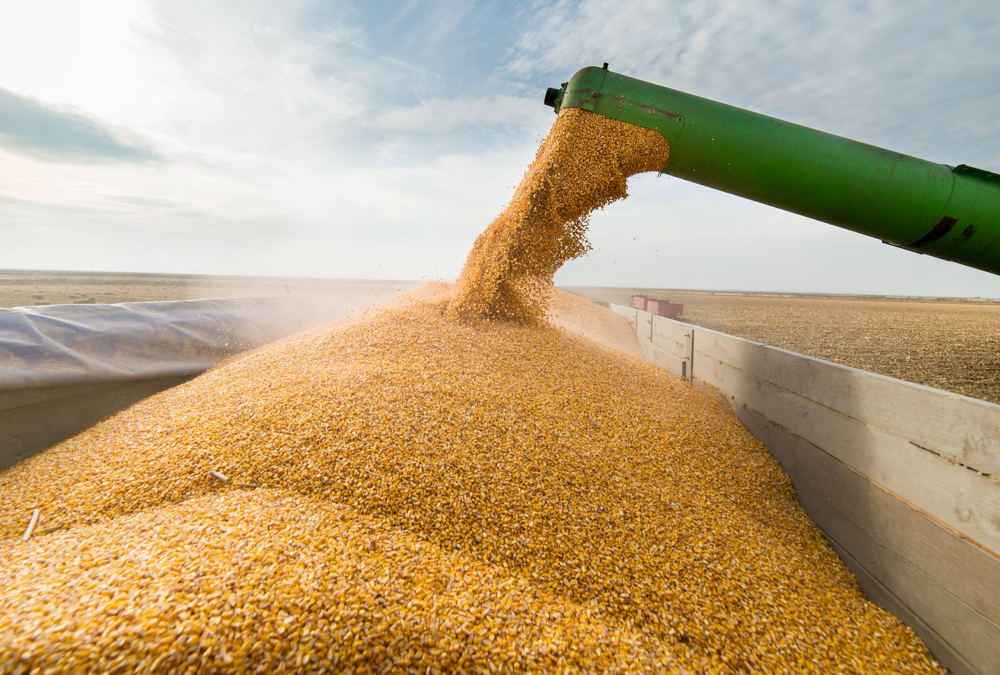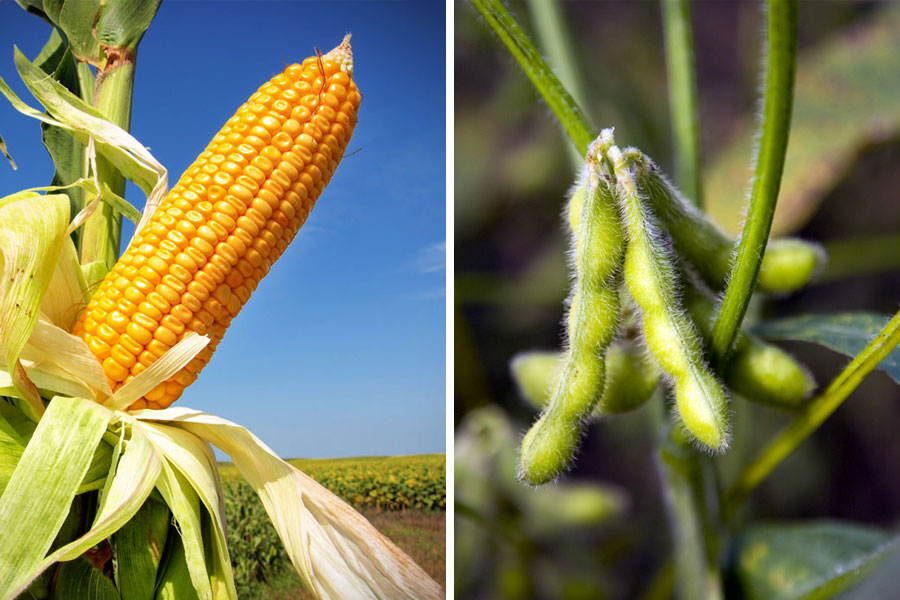Corn and soybean markets continue to digest growing conditions on both sides of the border. Ontario received 40 per cent to 60 per cent of normal precipitation from June 15 through July 14. Crop conditions have improved after a very wet spring, therefore, most producers are projecting average type yields. Our contacts in Ontario believe the Statistics Canada’s acreage numbers despite adverse spring conditions.
Quick look
Soybeans: Ontario crushers are importing western Canadian beans, the least expensive in the world.
Corn: Ontario old crop corn continues to get strong bids from local buyers.
Read Also

Cycle swings dictate farming profitability
It can be profitable to understand where the crop markets are positioned in the context of their big-picture cycles.
Ontario corn and soybean crops are two to three weeks behind normal development and favourable weather will be needed this fall.
Wheat prices are under pressure as the Northern Hemisphere harvest progresses. The Ontario winter wheat harvest will move into full swing during the last half of July.
United States corn and soybean fundamentals are uncertain. The U.S. Department of Agriculture’s July World Agricultural Supply and Demand Estimates (WASDE) report adopted the National Agricultural Statistics Service (NASS) acreage data. Traders discounted this information because the USDA will re-survey 14 states in July and release the updated acreage data on the Aug. 12 WASDE report. This report is expected to also have the first yield survey of the 2019-20 crop year.
There is no fresh news in regards to the U.S.-China trade war, except that China’s economic growth for the second quarter of 2019 was at the lowest level in 26 years at 6.2 per cent year-over-year.
China continues to increase pressure on Canada due to the arrest of Hauwei executive Meng Wanzhou last December. Western Canadian soybeans are the cheapest in the world and have been flowing into eastern Canadian crush plants. Strong competition from western Canadian origin beans and limited export demand has curbed upside potential for Ontario soybean prices.
Ontario corn stocks will be historically tight at the end of the 2018-19 crop year; therefore, old crop elevator bids are over $6 per bushel.
The Canadian dollar continues to percolate higher reaching seven-month highs. The U.S. Federal Reserve is expected to lower its short-term lending rate by 25 basis points at the end of the July and then again in September.
The Bank of Canada will likely keep its lending rate unchanged for the remainder of 2019.
The erosion of the U.S. bond yield premiums over Canadian yields is supportive for the Canadian dollar. Should the Conservatives lead in election polls up to the October election, the Canadian dollar would likely strengthen due to positive fiscal policy. However, if the Liberals lead in the polls, there could be heavy selling of the Canadian dollar before the election.
Soybeans
Since early June, Ontario cash soybean prices have hovered in the range of $11 per bushel to $11.50 per bushel. Ontario old crop soybean supplies are relatively tight and the domestic market is rationing demand by trading at a premium to world values. First, Ontario crushers are importing beans from Western Canada. Secondly, the domestic market is high enough so that exports have basically come to a standstill. We see U.S. soybeans dominating the European market where Ontario soybeans were once competitive.
U.S. soybean production was estimated at 104 million tonnes on the July WASDE report, down from the June estimate of 113 million tonnes and 20 million tonnes below the 2018 output of 124 million tonnes. There was some fine tuning to the demand estimate causing the 2019-20 ending stocks to come in at 21.6 million tonnes, down from the June estimate of 28.5 million tonnes and down from the 2018-19 carry-out of 28.6 million tonnes.
As of July 14, the U.S. soybean crop was rated 54 per cent good to excellent, up from the previous week of 53 per cent but down from last year’s result of 69 per cent. U.S. soybeans are competitively priced with Brazilian origin but at a premium to Argentine.
Looking forward, we need to see U.S. soybeans trade at a discount to Brazilian and Argentine soybeans at harvest. This pressure will also weigh on the Ontario market. The U.S. farmer is going to be an aggressive seller at harvest. Remember, Ontario farmers have to do the opposite of their U.S. counterpart.
We continue to forecast an Ontario soybean crop of four million tonnes, down from the 2018 output of 4.2 million tonnes.
Our contacts rate the Ontario soybean crop 45 per cent good to excellent, 40 per cent fair and 15 per cent poor to very poor.
What to do: We’ve advised Ontario producers to be 100 per cent sold on their 2018 production and 20 per cent to 30 per cent sold on new crop.
Corn
We’ve mentioned previously that Ontario corn stocks will be historically tight at the end of the 2018-19 crop year.
Bids from Ontario ethanol plants are in the range of $6.50 to $6.70 per bushel while regular elevator bids are hovering around $6.10 per bushel. New crop corn bids are at discount to old crop; therefore, the cash market is telling farmers not to store old crop stocks into new crop positions.
U.S. cash markets east of the Mississippi are functioning to attract stocks. For example, bids in Fostoria, Ohio and Portland, Indiana have been more than US$5.10 per bushel. The basis in parts of Ohio and Indiana has been around US$0.70 per bushel the nearby futures. In the Gulf, offers are also US$0.70 per bushel over for September. One can say the domestic market is functioning to ration demand as prices in the eastern corn belt draw stocks away from export movement.
U.S. corn fundamentals remain a large uncertainty. The USDA had corn acreage at 91.7 million on their July WASDE report. The high frequency traders quickly sold on this news but the market didn’t stay down because most traders are using an acreage number in the range of 82 million to 85 million.
Yield estimates are all over the map. Traders don’t want to press the market on a pullback until the crop is more certain. We’re looking for a crop size of 325 million tonnes, compared to the USDA estimate of 352 million tonnes.
What to do: In previous issues, we’ve advised farmers to finish up old crop sales and be 20 per cent sold on new crop. The corn market will likely make the high just before harvest. We will be aggressive on sales in the first half of the year. We want to draw attention that traders are expecting U.S. farmers to plant 96 to 98 million acres of corn next year, which would be the highest acreage since 2012. This could result in one of the largest U.S. crops on record if trend yields materialize.
Wheat
Ontario milling wheat stocks are expected to be relatively tight at the end of the 2019-20 crop year; however, the market is being pulled down by Northern Hemisphere harvest pressure.
We want to provide a brief overview of production expectations among major exporters and then advise our strategy.
The USDA estimated Russian wheat production at 74.2 million tonnes, down from 78 million tonnes on the June report, but up from 71.7 million tonnes last year. Russian farmers have harvested approximately 40 per cent of the winter wheat crop and yield reports confirm the USDA number.
Ukraine wheat production will reach 29 million tonnes, up from 25 million tonnes last year.
The harvest is about 50 per cent complete in Ukraine. The weather forecast looks favourable over the next seven to 10 days. European wheat production was estimated at 151.3 million tonnes, up from 137.2 million tonnes last year. At this time, approximately 25 per cent of the crop is in the bin across all countries. Major producers like France and Germany will move into full swing by the end of the month.
U.S. hard red winter wheat production was estimated at 21.9 million tonnes, up from 18 million tonnes last year. U.S. soft red winter wheat production came in at seven million tonnes, compared to year-ago output of 7.8 million tonnes. The U.S. winter wheat harvest was 57 per cent harvested as of July 14.
Given the stronger corn market, we’re seeing larger supplies of soft red winter and hard red winter move into feed channels. The U.S. soft red winter wheat fundamentals have potential to be historically tight for 2019-20.
U.S. hard red winter wheat ending stocks are expected to come in slightly below the five-year average for the 2018-19 crop year. We’ll see Russian wheat trade into Central and South America in the first half of the 2019-20 crop year.
Our Ontario winter wheat production estimate remains at 1.5 million tonnes, down from 2.1 million tonnes last year. Fusarium will be a major issue this year.
What to do: Given the lower production, we’re not expecting major downside this year. The wheat market has a strong seasonal tendency to rally from late September through late October. We don’t like to recommend forward sales of new crop until quality is more certain.
We expect to see the market trend lower over the next month but don’t panic at the lows. Wait until October to make your first sale of the 2019 crop.















